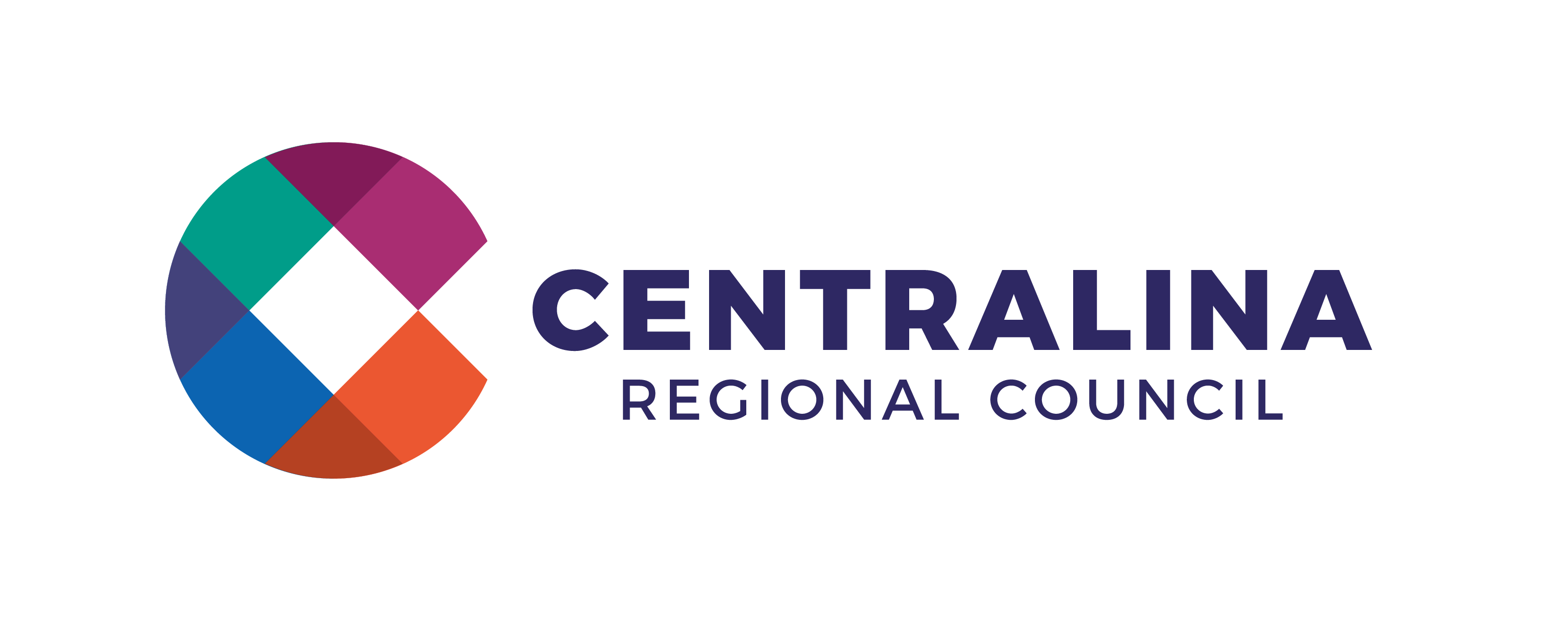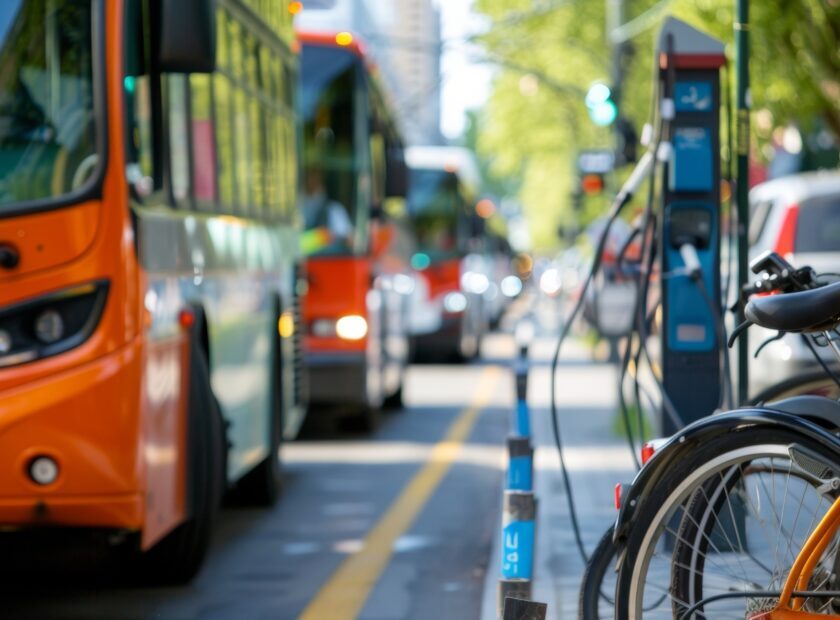Opportunities and Challenges for Implementing a Shared Regional Transportation Vision
Part IV in the CONNECT Our Future Retrospective Series
Centralina Regional Council started an initiative in February 2021 to inventory and evaluate accomplishments in the region that tie back to CONNECT Our Future and highlight specific data and stories that may inform new actions or priorities for Centralina staff as they continue to support local initiatives that implement the region’s priorities. Articles in The Central Lines newsletter are being shared with the region that summarize information collected to evaluate general topics for three focus areas: land use, transportation and community health. Some of the information collected demonstrates a direct connection to the regional effort, while other information determines if the actions of local governments, advocacy groups, private businesses or others combined to positively influence one or more broad goals from CONNECT Our Future.
Several priorities for the CONNECT Our Future initiative relate to transportation, namely increasing transportation choices (modes), reducing commute costs (transportation technologies and land use) and improving air quality (emissions). Two articles published focus on transportation mobility, accessibility, policy and partnerships in the region. Specifically, are attitudes toward travel behavior changing and how are state, regional and local transportation organizations working together to meet future transportation system needs? Conditions were evaluated based on locally adopted plans and studies and empirical data collected from secondary sources. Part one of the transportation assessment looked back at metrics and changing conditions for the period between 2010 and 2019. This article (Part two) looks forward to opportunities and challenges facing the region now or in the future as communities come together with increasing interests to implement a shared vision for the regional transportation system.
The summary of shared visions for the regional transportation system and national examples for successful implementation in this article is organized under three general topics:
1. Shared Visions for the Regional Transportation System
- Coordinate Investments for the Regional Transportation System
- Greater Charlotte Regional Freight Mobility Study
- Metrolina CommunityViz Initiative
- CONNECT Beyond: A Regional Mobility Initiative
- Greater Charlotte Region Intelligent Transportation Systems (ITS) Plan
- Beyond 77 Strategic Plan
- Catawba Crossings
- Greater Land Use – Transportation Coordination
- Transportation Demand Management
- Funding & Partnership Groups
2. National Examples and Best Practices
- Livable Centers Initiative, Atlanta Regional Commission
- Transportation-Land Use Connections Program, Metropolitan Washington COG
- Transportation Demand Management Program, Arlington County, VA
- Nashville Connecton Transportation Demand Management Program, TN
3. Key Takeaways for Coordinating the Region’s Transportation Future
- Coordinating Investments in the Region
- Coordinating Transportation and Land Use Decisions
- Implementing a Region-Wide Transportation Demand Management Program
- Reconsidering and Testing New Funding Sources
- Building Confidence to Collaborate and Move Forward
*To view the report in the correct layout, make sure to change your reader setting to a two-page view




